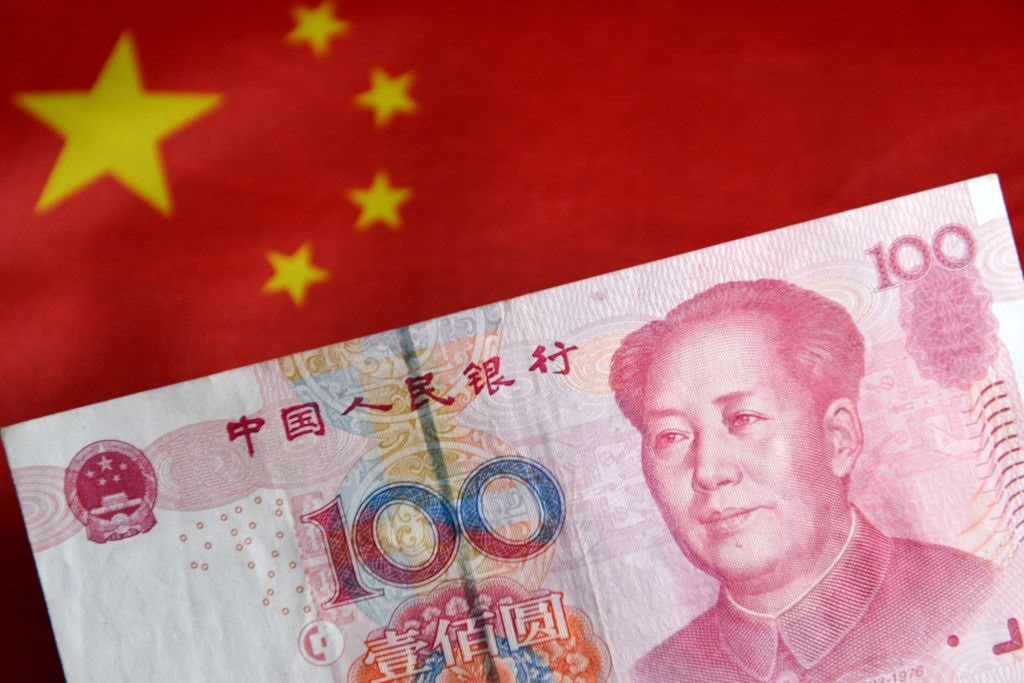Following Maoism’s devastating and deadly implementation, China embarked upon significant reforms beginning in the 1970s. Since then, Beijing has manufactured a high-octane ascent to economic dominance, with historians describing it as China’s miracle. Indeed, it took the Red Dragon a few decades from the days of Mao Zedong to ditch poverty and isolation and become a superpower because of Deng Xiaoping’s pro-market and pro-growth reforms. But this phenomenon has been fading to black, even since before the coronavirus pandemic. Can the Chinese Communist Party resuscitate this economic sensation through intervention?
China’s Miracle Dies
In September 2019, months before anyone had any idea the world would be turned upside down because of the coronavirus, Liberty Nation had discussed the potential end of China’s economic dominance. From skyrocketing debt levels to perpetual government intervention, there had been many warning signs that China’s miracle was on its deathbed. Years later, these fears are being realized.
While the COVID-19 public health crisis permanently altered international commerce, it was inevitable that the accelerated growth seen at the turn of the 21st century would eventually only be found inside fortune cookies. The property sector is collapsing, the yuan is crashing, and the broader economy is decelerating. Beijing has attempted to resuscitate conditions by slashing interest rates and employing a wide range of other measures. However, market analysts contend that the country needs to fire off the mother of all stimulus bombs, comparable to what the central government and the People’s Bank of China did any time the nation slammed into a brick wall.
At the beginning of 2023, there were widespread beliefs that abandoning the COVID Zero initiative and reopening the economy would lead to an exceptional boom. Instead, it has been the exact opposite, with the paper tiger still suffering from the lingering effects of the US-China trade war, the global supply chain crisis, and years of propping up zombie companies. Indeed, supporting bankrupt firms might be one of the leading causes of the anemia that is slowly replicating Japan’s Lost Decade of the 1990s. But has the situation really been bleak all this time?
The gross domestic product growth rate has fallen short of consensus estimates. The manufacturing sector has been shrinking since the spring. Exports have crashed, and imports have slowed. The Chinese yuan is trading at its lowest level against the US dollar in 16 years. New yuan loans have slumped to a 14-year low. Companies are going bust, consumers are tapped out, and youth unemployment is soaring. This is just a basic snapshot of the economic landscape. The real pain is behind the curtain when economists take a peek at the books.
The national debt is above $14 trillion and has spiked since the 2008-2009 global financial crisis. It presently represents about 250% of GDP, a higher ratio than even the United States. But while observers might focus on the red ink at the federal level, the provincial and municipal debts could potentially wreak havoc on the country. The provinces and cities have accumulated nearly $13 trillion worth of debt, and the debt-servicing costs are ballooning. This is even more of a ticking time bomb than the amount of corporate debt that has been accrued since the pandemic.

(Photo Illustration by Sheldon Cooper/SOPA Images/LightRocket via Getty Images)
A crucial headache that could lead to vast implications is the local government financing vehicle. This is a funding program that helps pay for infrastructure projects. Some cities have approved tens of billions of dollars for infrastructure projects, but some are struggling to make payments on these debt instruments. If these mechanisms were to default, here is what Pacific Investment Management Company (PIMCO) economists think would happen: “It would likely create volatility in China’s financial markets, widen credit spreads, cause rates to decline due to a flight-to-quality from corporate to government bonds, and even weaken the yuan.”
The Ponzi Scheme
It was only a matter of time before China’s Ponzi scheme collapsed on itself. The basic rules of economics and accounting have come to the surface, and state-run capitalism has proven to be as much of a failure as any other government-managed endeavor. The economic superpower will not go quietly into the night and sink like the Titanic in 2024. Like the worldwide de-dollarization campaign, the fall of China might turn out to be a slow and methodical process as it will unlikely return to the days of 9% growth. Astronomical levels of debt, struggling companies, a cratering yuan, and a leadership that is fickle: China possesses the perfect recipe for the foul taste of ruin.




